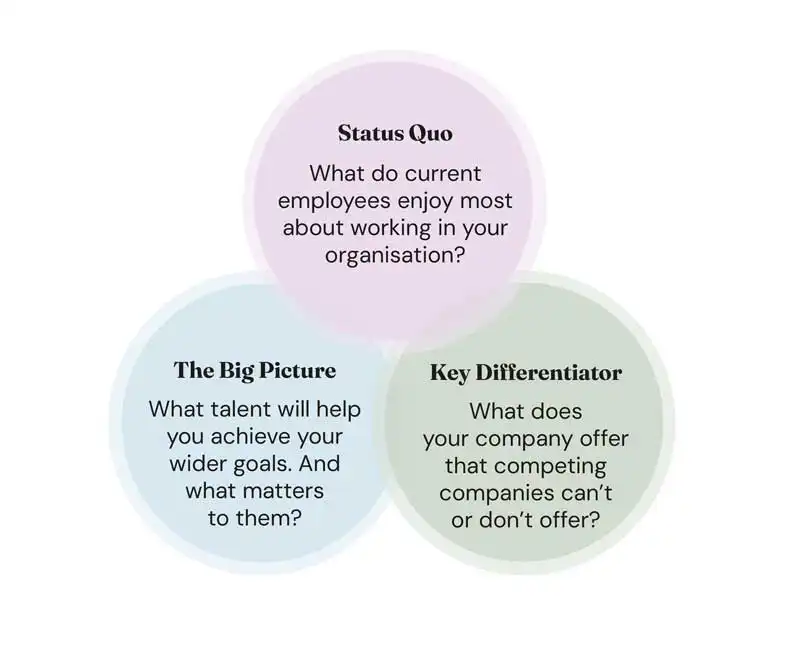14 Jul 2025
Practices that build high-performing teams rooted in purpose, respect and inclusivity will be the ones that succeed. It’s about creating a workplace that people genuinely want to be part of, writes Rebecca Robinson…

Image: Sora / AI generated
The veterinary workforce is under pressure. Brexit and immigration changes have limited international talent pipelines, while the pandemic has led to both a surge in pet ownership and burnout among professionals. The result? Many skilled individuals are leaving clinical roles or exiting the profession entirely.
In this context, recruitment and retention strategies must go deeper.
Retention starts with engagement. It’s not just about job satisfaction – it’s about helping people feel connected to something meaningful. When team members understand their purpose, feel like they belong and receive recognition for their contributions, they’re more likely to stay. More than that, they become advocates, helping attract like-minded professionals and strengthening your practice’s reputation from the inside out.
Team engagement also links directly to performance. Practices that foster trust, transparency and autonomy see higher productivity, lower staff turnover and stronger morale. Embracing social responsibility – whether through sustainability initiatives, community partnerships or meaningful diversity efforts – can further deepen loyalty and motivation.
In short, engaged teams don’t just work hard – they care deeply. And that changes everything. So, how can you keep your team engaged?
Your employee value proposition (EVP) is the promise your practice makes to its people. It’s what sets you apart – and what makes someone choose (and stay with) you over another employer.
Here’s how to craft one that really resonates:
Once your EVP is defined, weave it into absolutely everything – from job postings to on-boarding conversations and team meetings. A well-communicated EVP should be more than words. It should be experienced in your every day and reinforced through your culture, conversations and leadership.
Hiring isn’t just about filling a role, it’s about finding someone who aligns with your practice’s values, culture, and goals. Start by identifying what your current team may be missing – specific skills, diverse perspectives or new energy – and use this insight to shape clear, compelling job descriptions.
Think beyond qualifications. What attitudes and behaviours truly make someone a great fit for your team? Build your recruitment process around these traits. Use job adverts to highlight what makes your practice unique and the kind of person you’re looking for.
When reviewing applications, focus on values and behaviours as much as experience. Structured scoring and tools like Contribution Compass can reduce bias and help assess how a candidate might complement your team. Hands-on tasks or scenario-based questions can also reveal practical strengths.
And once you’ve found the right person, don’t stop there. A thoughtful on-boarding process helps new team members feel welcomed, supported and confident in their role.
It can take six to nine months to fully settle in – so offer clear expectations, regular feedback and training tailored to your EVP. That early investment pays off in long-term success – for them and for your practice.

A thriving workplace doesn’t happen by accident. It’s built on a foundation of thoughtful, interconnected strategies that support people in real and lasting ways.
Building a team that performs – and stays – means getting the fundamentals right. These five focus areas work together to shape an environment people want to be part of:
Fair pay matters. But so does the clarity and consistency with which it is delivered.
When people can see a path forward, they’re more likely to stay engaged – and stay put.
Your practice culture isn’t defined by posters on the wall – it’s reflected in daily interactions.
It’s not just about offering flexibility – it’s about genuinely respecting people’s time, energy and boundaries.
Appreciation is a powerful motivator – and it’s often free.
High-performing teams don’t just happen because a policy says they should. They emerge when leadership is intentional, present, and people-first.
This means:
Practices with strong leadership tend to have stronger cultures, lower staff turnover, and better clinical outcomes. It’s that simple – and that complex.
At the end of the day, your people are your practice. Investing in them – through clear values, strong support systems and authentic recognition – pays dividends in morale, performance and long-term success.
So ask yourself: what are you offering?
Because when your team feels valued, empowered, and aligned with your purpose, they don’t just stay. They thrive. And when your team thrives, your practice thrives, too.